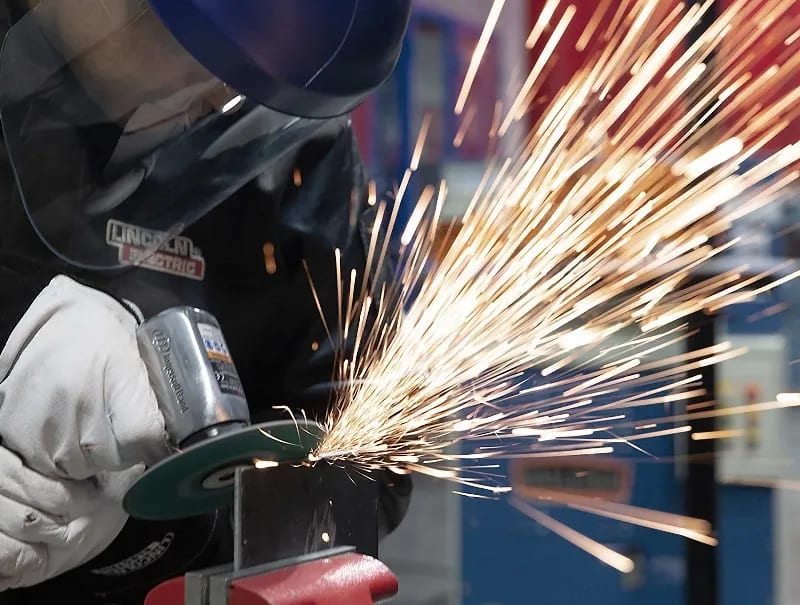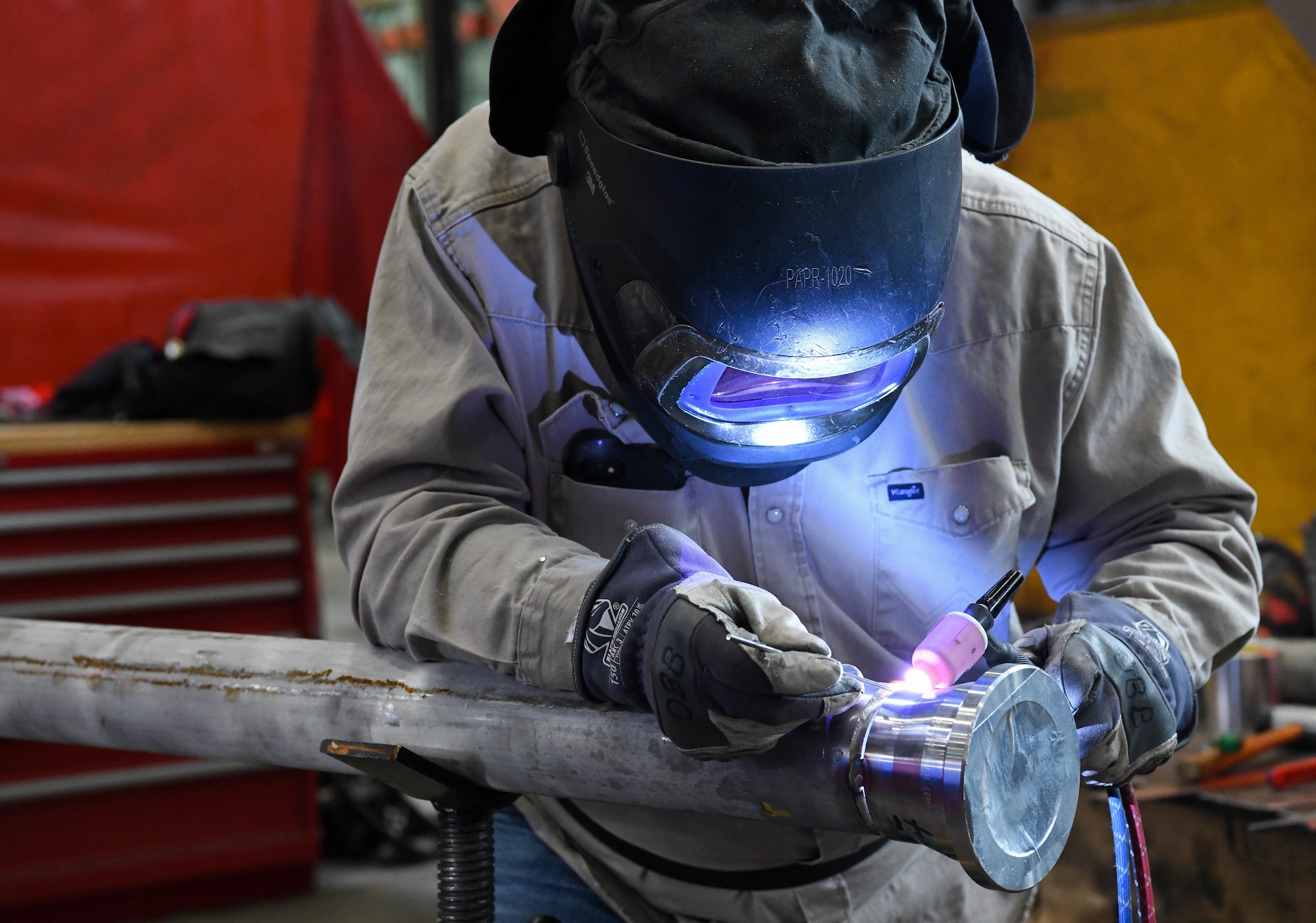All Regarding Welding: Secret Insights Into Techniques and Best Practices for Success
Welding incorporates a selection of methods, each suited for details materials and applications. Understanding these methods, such as GMAW, SMAW, and TIG, is crucial for attaining excellent results. Moreover, the best devices and safety and security techniques can not be neglected. As preparation and fixing play essential roles in the welding process, grasping these elements can significantly enhance the top quality of the end product. What are the key aspects that guarantee a successful weld?
Recognizing Various Welding Techniques
Welding techniques incorporate a variety of methods, each fit to details applications and products. Amongst the most usual techniques are Gas Metal Arc Welding (GMAW), Secured Metal Arc Welding (SMAW), and Tungsten Inert Gas Welding (TIG) GMAW, additionally called MIG welding, is prominent for its rate and flexibility, making it ideal for thin products. SMAW, or stick welding, is preferred for its simplicity and performance in outdoor environments, especially with thicker steels. TIG welding provides accuracy and control, making it appropriate for complex job and non-ferrous metals (Montana Mobile Welding and Repair). Each method has its special benefits and considerations, allowing welders to select the most effective technique based upon the project's requirements, product type, and wanted outcomes. Understanding these methods is essential for effective welding
Vital Welding Tools and Tools
While different welding techniques call for specific abilities, the appropriate tools and devices are similarly essential for achieving top quality outcomes. Essential welding devices consists of welding devices, which differ relying on the technique-- such as MIG, TIG, or stick welding. Protective gear, consisting of headgears, gloves, and aprons, assurances security and convenience during the process. Furthermore, clamps and components assist protect products in position, making certain accuracy in welds. Consumables like welding poles, cord, and shielding gas are additionally important components that influence the quality of the weld. Furthermore, tools such as mills and cutters promote surface area prep work and post-weld ending up, adding to a specialist end result. Purchasing high-grade equipment ultimately improves the performance and effectiveness of welding jobs.
Security Practices in Welding
Appropriate security practices are crucial in the welding sector to protect employees from possible risks. Welders need to put on proper personal safety equipment (PPE), consisting of headgears with correct shading, gloves, and flame-resistant apparel. Sufficient air flow is important to reduce exposure to hazardous fumes and gases produced throughout the welding procedure. In addition, employees must be trained in the correct handling of welding equipment to stop accidents. Fire safety steps, such as maintaining flammable materials away from the welding area and having fire extinguishers conveniently offered, are essential. Normal inspections of tools and workspaces can help recognize possible hazards before they result in crashes. By adhering to these safety and security methods, welders can create a much safer working environment and lessen threats connected with their trade.
Readying Products for Welding
Preparing products for welding is an essential step that greatly influences the top quality and stability of the end product (Belgrade). Proper prep work includes cleaning the surfaces to remove impurities such as corrosion, dust, and oil, which can endanger the weld. Strategies such as grinding, sanding, or utilizing solvents are generally used to accomplish a clean surface area. Additionally, making certain that the materials fit together snugly is necessary; voids can cause weak welds. It's also crucial to take right into account the positioning and positioning of the parts, as this will certainly affect the simplicity of welding and the last result. Choosing the proper filler material and making sure compatibility with the base steels is essential for achieving strong, sturdy welds.
Tips for Getting High-Quality Welds
Achieving top quality welds requires attention to information and adherence to best practices throughout the welding process. Correct joint preparation is vital, ensuring surface areas are free and tidy from impurities. Selecting the suitable filler material and welding technique based on the base steels is essential for optimal bonding. Maintaining regular traveling speed and angle while welding can promote and stop defects uniformity. Additionally, managing warm input is crucial; too much heat can result in warping and deteriorated joints. Frequently inspecting the welds during the process permits immediate changes if required. Lastly, employing suitable post-weld therapies, such as cleaning and stress relief, can improve the resilience and honesty of the weld, ultimately Clicking Here making certain a successful end result.
Repairing Common Welding Issues
Welding often offers obstacles that can impact the quality and stability of the final product. Common issues such as porosity, inconsistent weld beads, and getting too hot can emerge, each needing details repairing methods. Recognizing these issues is vital for welders to enhance their skills and achieve ideal results.
Porosity Problems Explained
Porosity can often be ignored, it continues to be a critical problem in welding that can jeopardize the honesty of a completed product. Porosity describes the presence of little gas pockets within the weld bead, which can weaken the joint and lead to early failure. This issue normally emerges from contaminants, wetness, or inappropriate securing gas insurance coverage during the welding process. To minimize porosity, welders ought to confirm that the base materials are completely dry and tidy, make use of suitable protecting gases, and preserve consistent welding criteria. On a regular basis checking the devices and setting can additionally help identify potential problems before they manifest in the weld. Addressing porosity successfully is important for achieving solid, sturdy welds that satisfy quality requirements.

Irregular Weld Beads
Inconsistent weld grains can significantly impact the quality and strength of an ended up product. Different variables contribute to this concern, including inappropriate traveling speed, incorrect amperage setups, and inconsistent electrode angles. When the welder moves also swiftly, a bead may appear narrow and do not have penetration, while moving too slowly can trigger excessive buildup. Furthermore, utilizing the wrong amperage can result in either undercutting or excessive spatter, both of which compromise weld honesty. The welder's technique, such as irregular torch motion, can likewise bring about uneven grain appearance. To minimize these problems, welders must concentrate on maintaining consistent, controlled activities and making certain appropriate tools settings to accomplish harmony in their welds. Uniformity is crucial to achieving trustworthy and strong welds.
Getting Too Hot and Bending Issues
Extreme heat during the welding process can bring about significant getting too hot and warping problems, influencing the architectural stability of the work surface. These troubles usually materialize as distortion, which can compromise positioning and fit-up, making additional assembly testing. Factors adding to overheating consist of the option of welding specifications, such as voltage and take a trip speed, along with the type of material being bonded. To reduce these problems, welders need to maintain constant traveling speed and proper warmth input while keeping an eye on the workpiece temperature. Furthermore, pre-heating or post-weld warmth therapy can assist alleviate tensions caused by fast cooling - Montana Mobile Welding and Repair More about the author Belgrade. Regular assessment and adherence to ideal practices are necessary in avoiding getting too hot and ensuring the longevity and dependability of welded frameworks
Regularly Asked Inquiries
What Are the Occupation Opportunities in the Welding Sector?
The welding sector offers varied occupation opportunities, including placements as welders, assessors, teachers, and designers. Professionals can work in production, construction, aerospace, and automotive industries, gaining from strong demand and competitive incomes in various functions.
Just How Can I Improve My Welding Rate Without Giving Up High Quality?
To enhance welding rate without sacrificing high quality, one must exercise efficient strategies, preserve equipment, enhance setups, and boost hand-eye sychronisation. Routine training and seeking feedback can likewise significantly add to accomplishing quicker, top quality welds.
What Certifications Are Offered for Welders?
Various certifications exist for welders, consisting of those from the American Welding Culture (AWS), the National Center for Construction Education And Learning and Research Study (NCCER), and numerous industry-specific companies. These qualifications improve employability and show skill proficiency.
Just How Does Welding Impact the Features of Metals?
Welding affects the residential or commercial properties of steels by changing their microstructure, which can bring about changes in ductility, stamina, and solidity. Warmth input and air conditioning prices during the process substantially affect these product qualities.
Can I Weld Dissimilar Metals With Each Other?
